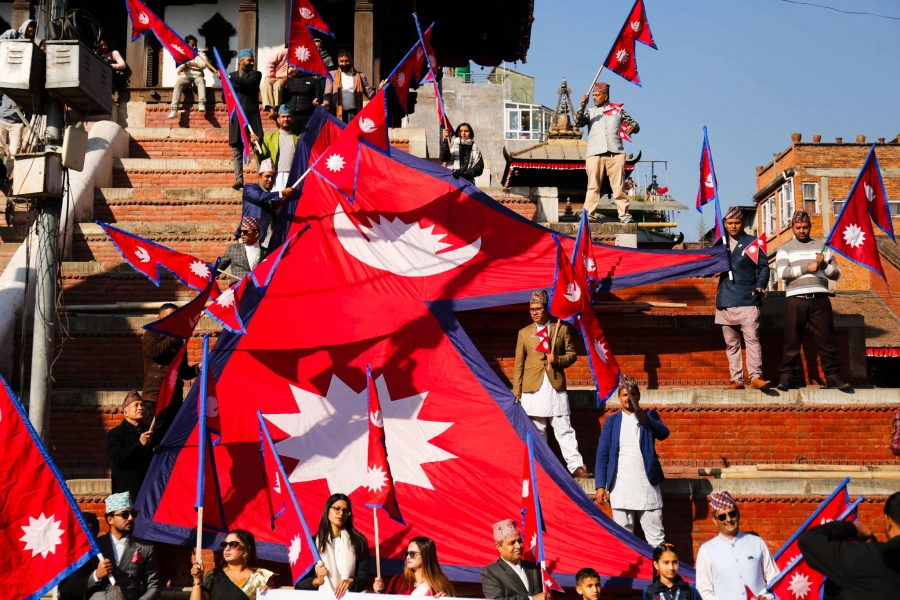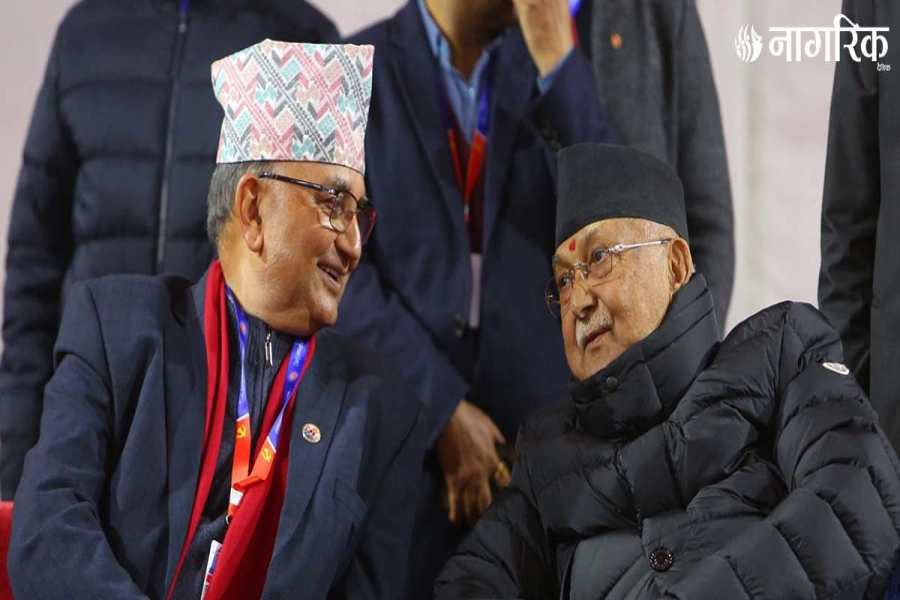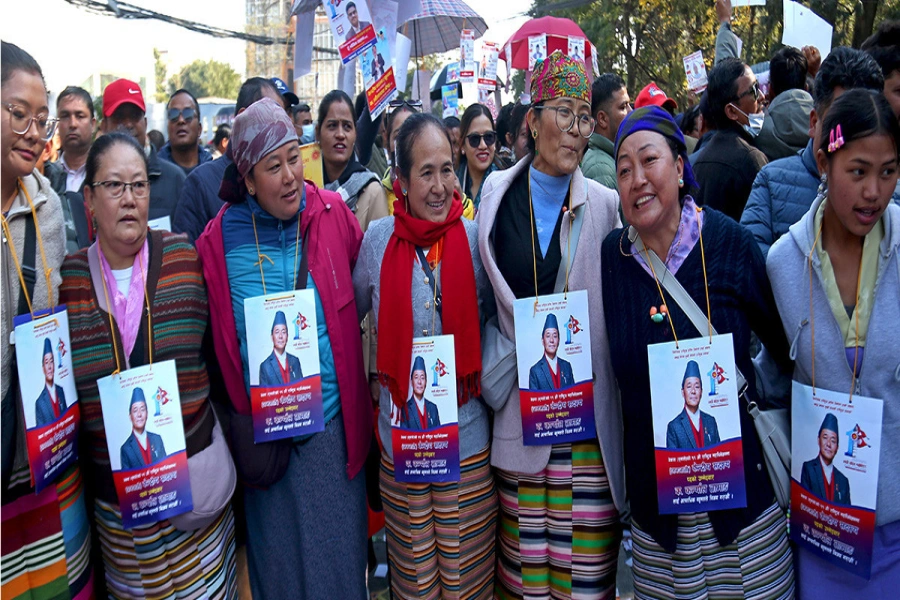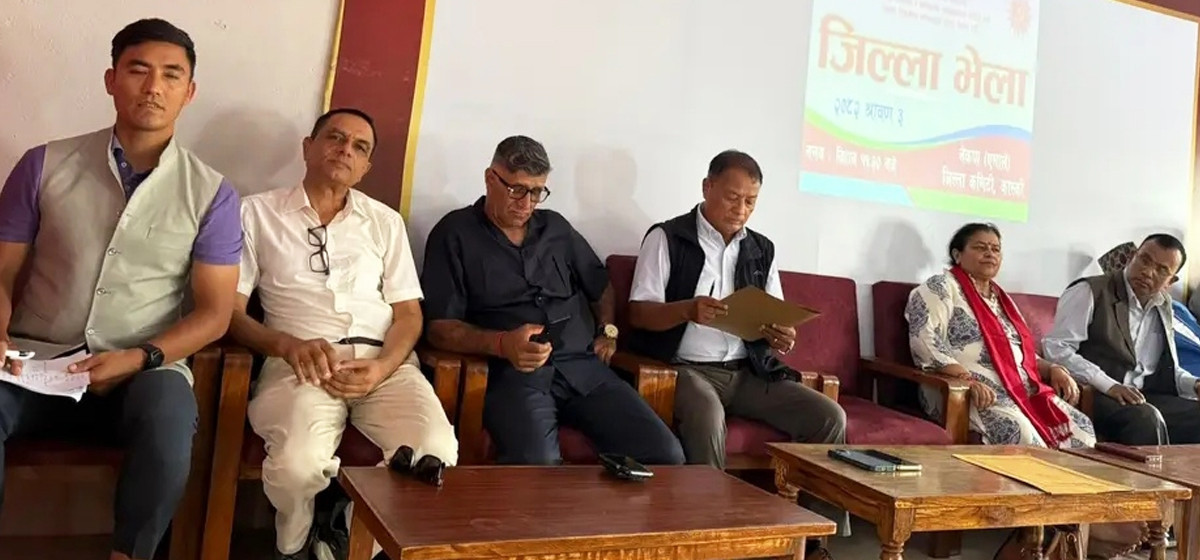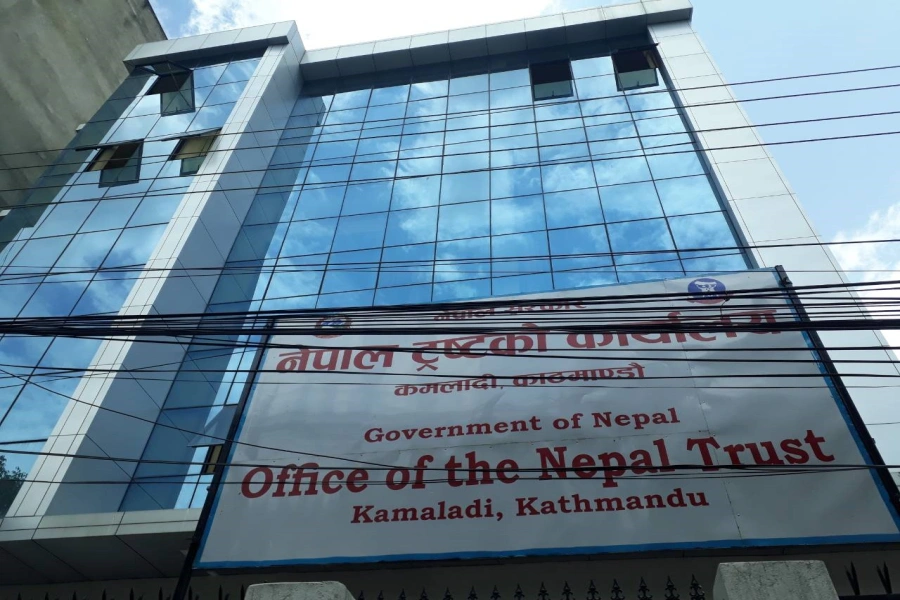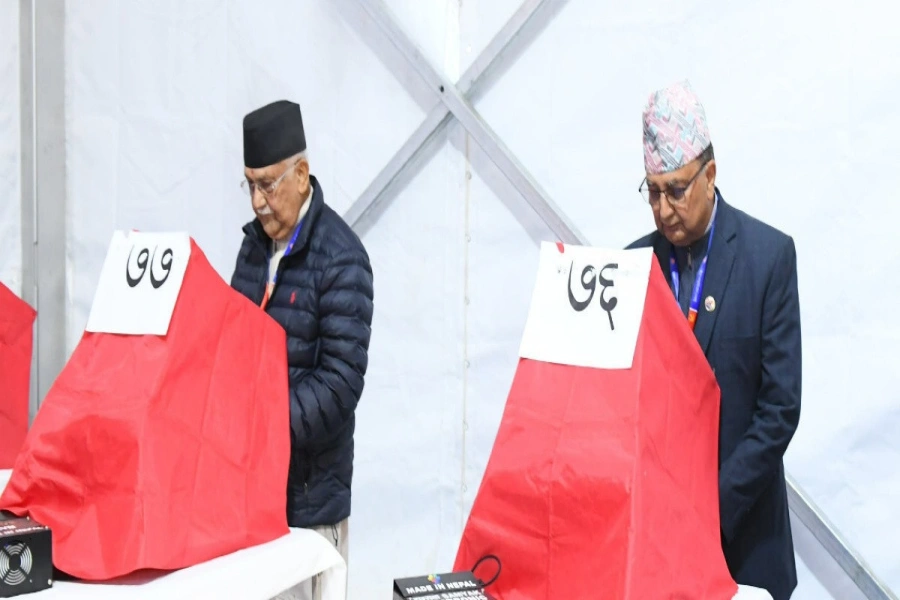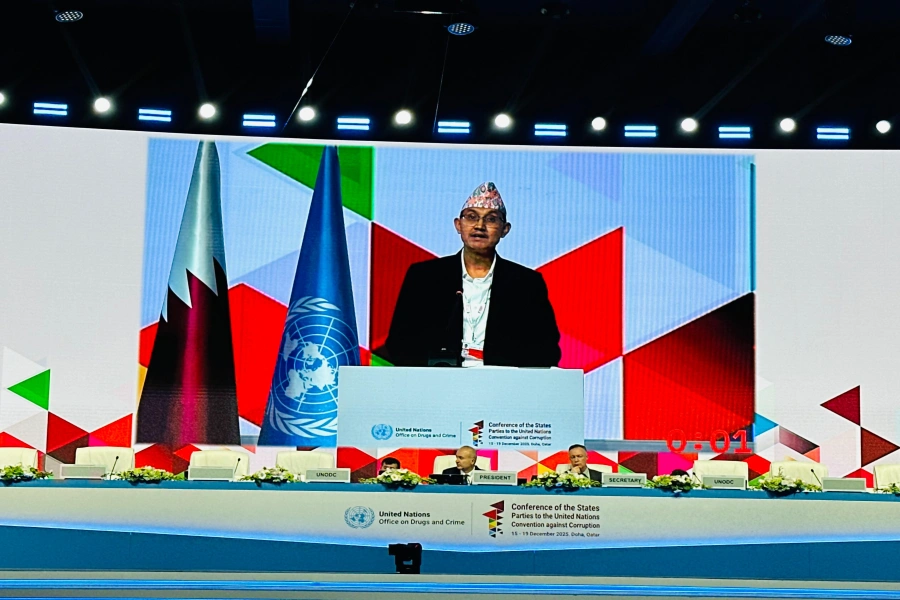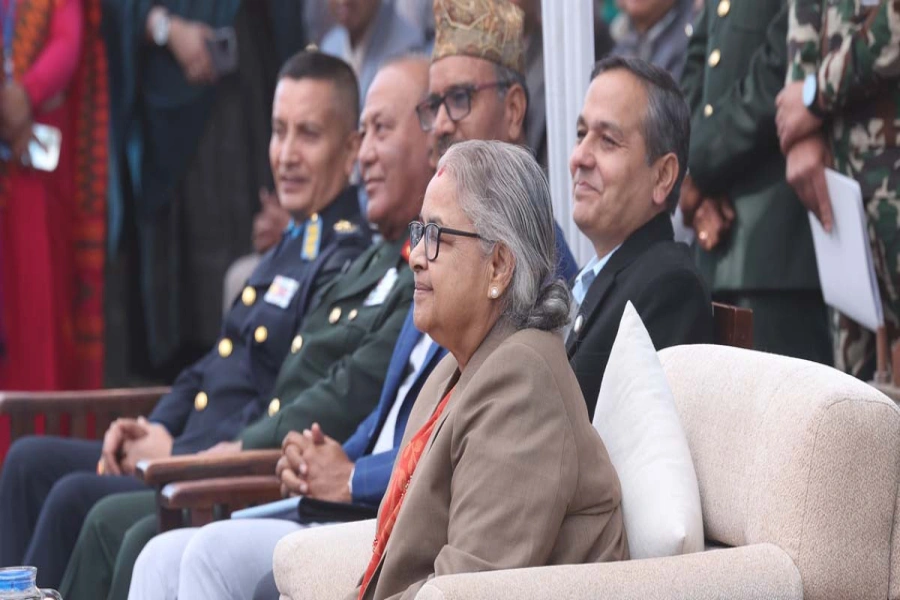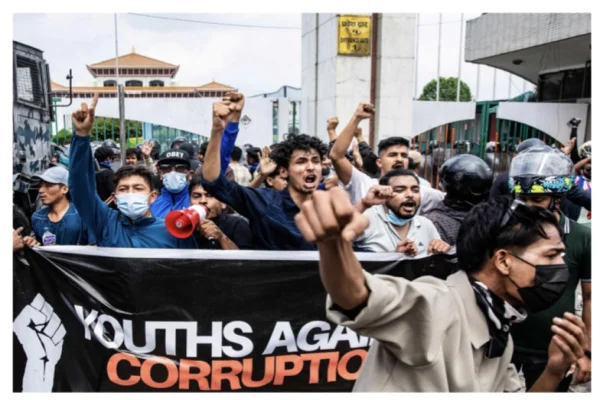What makes Oli’s China visit particularly important is evolving geo-political scenario following rapproachment between Xi Jingping and Narendra Modi
As Prime Minister KP Sharma Oli is leaving for China, commentaries have started to pour in on ‘dos and don’ts’ for him. As at least half a dozen Nepal–China bilateral projects and Belt and Road Initiative (BRI) are expected to feature on his agenda, many experts feel Oli will be walking a tight rope in Beijing. The recent case of debt-ridden Sri Lanka handing over its strategic port of Hambantota to China on a 99-year lease etched in minds, experts warn that Oli should be very careful not to put Nepal in a similar position while finalizing agreements under BRI. All the while ensuring that he does not irk India in anyway.
Experts are right but there is more to it. Oli’s sojourn in Beijing will be particularly important for two reasons. First, this is his first trip after his much publicized April 2016 trip which saw the signing of the landmark Transit and Transport Agreement with China. Many of these agreements are going to be followed upon. Second, his visit comes on the heels of Indian Prime Minister Narendra Modi’s visit to Nepal in May—which has been perceived as India’s attempt to bury the old hatchet with Nepal.
Both Modi and Oli have claimed that misunderstandings have now been cleared. In this context, it will be interesting to see how Oli will deal with Beijing. But what makes the visit more important is the evolving geo-political scenario in the region especially after budding ‘bromance’ between Chinese President Xi Jingping and Indian PM Modi.
Changing geopolitics
Speed up testing

Year 2018 has seen many changes in the relationship between the two economic powerhouses. Last year, scenes of Modi and Xi walking in a park, casually talking about Bollywood movies and sharing light moments might have seemed implausible. The armies of the two countries were locked in a deadly border dispute at Dokalam. Chinese state media was threatening of war almost every day and Indian responses were equally bold.
This April, the two leaders met at the picturesque city of Wuhan in an informal summit with no agenda at hand. The objective of the summit was to ‘resolve differences and foster friendship’. But it didn’t just ‘foster friendship’ it covered a lot of ground. At the end of the summit both sides decided to issue strategic guidance to their militaries to strengthen communication essentially to avoid another Dokalam-like confrontation. They also discussed the ballooning trade deficit and even talked about undertaking a joint project in Afghanistan. Surprisingly, issues which have so far been major irritants between the two like China blocking India’s membership in Nuclear Suppliers Group (NSG) and India’s opposition to BRI were also discussed.
The two leaders met again six weeks later on the sidelines of Shanghai Cooperation Organization (SCO) summit making it the 14th meeting between the two in the past four years.
The message from Wuhan and Qingdao (where SCO summit took place) was clear: New Delhi and Beijing are looking for ways to give their relation a new start. Although the two sides have turned from friend to foe in the past (China’s abrupt attack on India in 1962 serves as an example), in the new context, the friendship is likely to last.
Both sides have realized that rivalry will do no good to them. Modi’s speech at Singapore pretty much sums it up. Modi said that Asia and the world will have a better future if India and China work together with trust and confidence while being ‘sensitive to each other’s interests’. He added that ‘Asia of rivalry’ will only hold the region back while ‘Asia of cooperation’ will shape the current century. Xi had echoed similar sentiments at the end of Wuhan summit. He said China and India were the ‘backbone’ of the world’s multipolarisation and economic globalization, and the two countries should jointly make positive contributions to the global peace and development.
In other words, leaders of both the countries may have realized that engagement is the better way forward. This thought might have been strengthened by a hostile US government under Donald Trump, who has attacked both India and China in the past. Since both the architects of this friendship are highly likely to stay in office for quite some time (Xi even indefinitely), the idea of a positive engagement with each other is likely to gain further momentum in the days to come.
Implications for Nepal
It is difficult to exactly say at this point what a cordial ‘India-China’ relation means for Nepal but Oli must take note of this new reality. “When two elephants fight, the grass underneath gets trampled,” goes an African proverb. The grass gets trampled even when two elephants make love. Friendly India and China prefer a Nepal free from Western influence. How will Nepal ensure that?
Chinese authorities in the recent times have laid emphasis on China-Nepal-India cooperation. Chinese Foreign Minister Wang Yi made this clear during Nepali Foreign Minister Pradeep Gyawali’s visit to China. He said that Nepal is a place for mutually beneficial cooperation between China and India and ‘not a boxing arena for China and India’. He talked about the possibility of China, Nepal and India corridor.
In this context, Oli will have to be careful in his dealing with Beijing’s diplomacy which, says Henry Kissinger in On China, is ‘wei qi’ strategy—a patient contest of encirclement in which victory is only relative.
The author is a Political Science graduate from Delhi University




